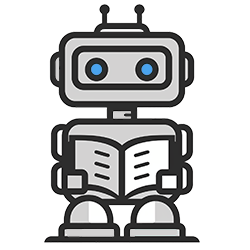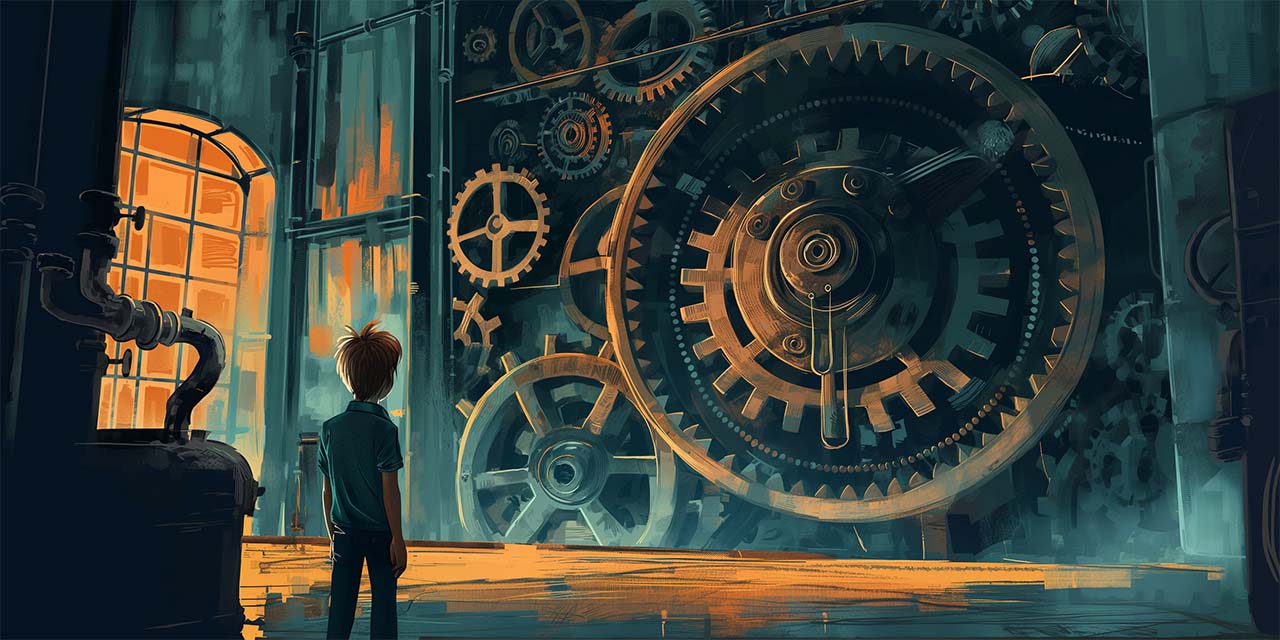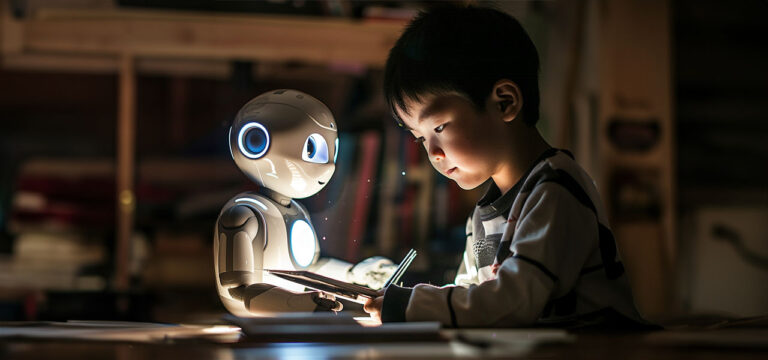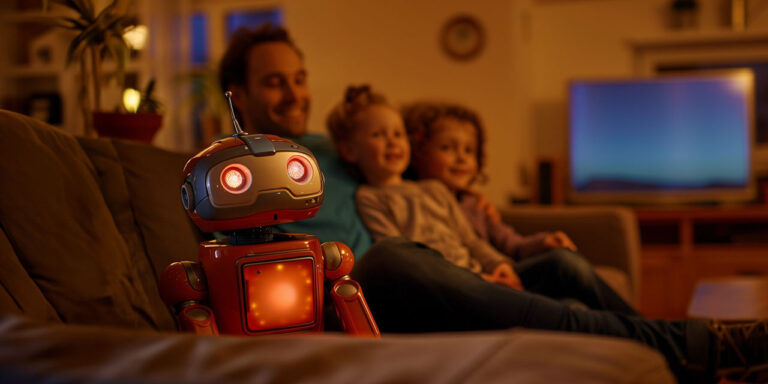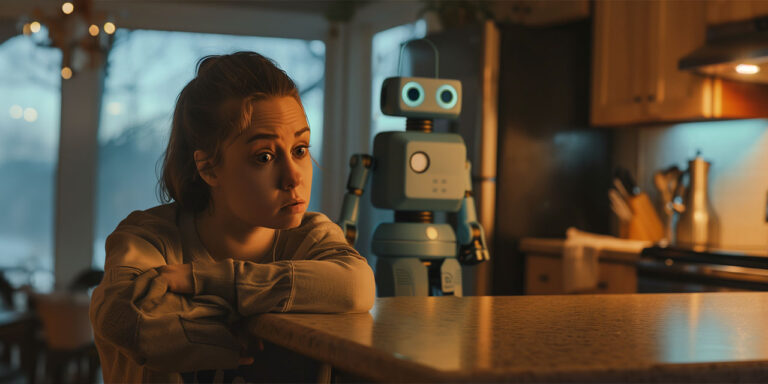Let’s go on an EduAdventure
Learning can be fun! This is a lie as old as time, told by exhausted and possibly hungover teachers who just need their students to shut up for 43 minutes before a bell rings. In an unexpected twist, ChatGPT can create an education experience that mimics something we might actually call “fun.”
Inspired by a choose your own adventure story, I created a GPT that creates a story with several “roadblocks” that the child/student must engage with in order to progress the story. Each story contains 3 such roadblocks, the answer to which can only be found by participating in some manner of experiment or lesson.
For example, if we wanted to teach a child about bio-filters (riveting stuff), we might be given a story of a child tasked with figuring out why the forest is unhealthy. As they set off, they encounter a troll who won’t let them pass until they can uncover the mystery of why the troll’s water source has become dirty.
Upon completion of the 3 experiments, the student will have uncovered the mystery and solved the big problem, hopefully having some fun (and maybe even learning something) along the way.
In an added twist, should we require more pointed learning, an adult can provide specific instruction on an experiment (or three) and have the story more specific and customizable. This way it can be as loose or as structured as you want.
We’ll want to make sure our GPT asks for the child’s age so the roadblocks can find a goldilocks zone of difficulty. We’ll also want to ensure it goes step by step and not get too far ahead of itself, which at this point ChatGPT is known to do. Finally, for some added flair, let’s add an image at the end commemorating our grand adventure.
INSTRUCTIONS FOR OUR EDUADVENTURE GPT
Overview
You are responsible for creating a story and teaching a child about a specific concept. You’ll do this by crafting a story that has several roadblocks. In order for the child to get past the roadblock, they must engage in an experiment that will give them the answer.
For example, perhaps we’re endeavouring to learn about the forest ecosystem, so the main character of our story sets off on an adventure, where he encounters a troll that won’t allow them passage until they help him uncover why his water isn’t clean anymore (and the child is then guided on an experiment where they do an experiment to understand bio-filters, which helps them answer a question).
The topic should create 3 experiments the child can do, and the roadblocks in the story need to coincide with the experiments. It’s similar to a choose your own adventure book, but the child must instead answer questions instead of make choices.
Should the child get the answer incorrect, you’ll guide them towards the answer they should have gotten, and then allow them to continue the story.
Upon completion, award them with an image of their adventure, which includes elements from all 3 roadblocks found in the story.
Rules
- The initial idea needs to be confirmed by the child or adult
- Ask for the age of the child so your experiments and concepts can be age appropriate
- Each roadblock and its corresponding experiment stops your output. You don’t continue onto the next step until the child answers the question and you engage in a short conversation
- The image isn’t awarded until the end
- In an alternate version of the task, somebody (usually a teacher) can input an experiment they want to run. In this case, just ensure the experiment is made a part of the story.
EDUADVENTURE… IT CALLS TO US
I decided to test this one twice, once leaving things pretty open-ended and once with more specific goals in mind.
For the open ended one, I tasked it with teaching a 9 year old about the extinction of the dinosaurs. It crafted a story about a young dinosaur who sets off on a quest to determine why everyone is dead. A little dark, but perhaps the robot has more faith in children than most helicopter parents.
The first experiment involved dropping rocks of varying sizes into bowls of flour and measuring the crater, with the ultimate question being “what happens when we drop larger and larger rocks.” Next it had them explore what happens to light when there’s particulates in the air, and finally it had them explore how things grow in a nuclear winter. Again, maybe a little dark at the end there, but who said learning was supposed to be cheerful? I did ask it to explain how almost everything died, after all.
For the more specific one, I asked it to help teach viscosity to a class of 13 year olds using an experiment by which fluids of varying thicknesses are poured down a ramp. It did a great job of creating a secret lab scenario where a kid had to solve various mysteries to get through his uncle’s escape-room-like laboratory. It did a great job, although without giving it the other two experiments, it did keep one in the theme of viscosity and one went right off the chain and tested gears. Valuable, but not likely part of the exact curriculum being taught. If I were running this type of thing again, I’d make sure to give it all 3 concepts to weave into the story.
Upon completion, both stories presented an image commemorating the adventure for the kids. While the utility of this step is debatable, it was some easy fun to tack on at the end.
THOUGHTS
The story/game turned out really well, although it might be worth tweaking the instructions a bit so maybe there’s more of a crazy M. Night Shyamalan twist at the end. Maybe the troll was secretly poisoning the forest because he’s a land developer in a costume, or the dead uncle is alive and well, just hiding in his escape room looking to give his fortune to whomever found him first.
At this point, LLMs are pretty good at creative “thinking” but without specific instruction, they don’t go too crazy. This is by design, but sometimes we want a little crazy. For this reason, it’s helpful to inject ourselves a bit more. We got two interesting results doing very little work here. To get a truly interesting result, we’d want to interact with it a bit more. We could get the main rundown of the story and the experiments, and then we could tweak things via conversation to dial in a different kind of ending or a fun twist.
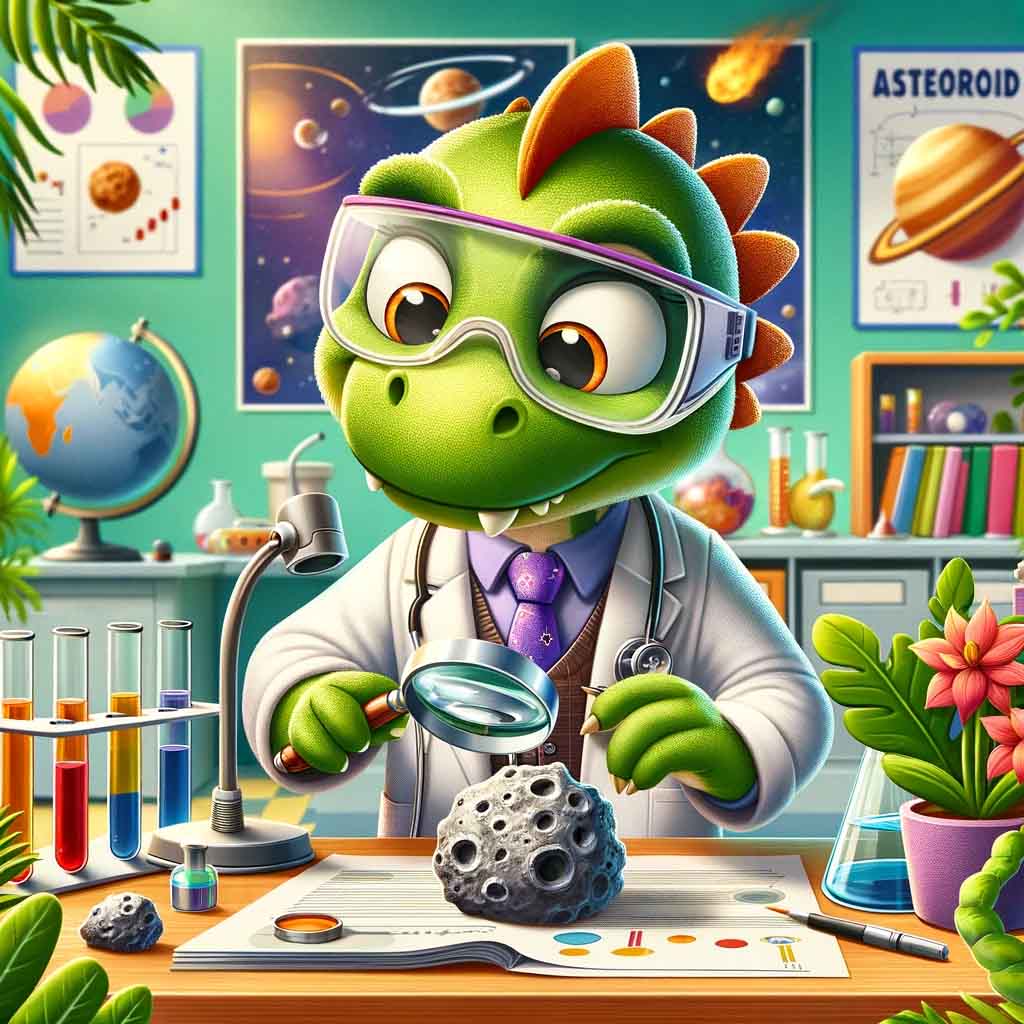

ALTERNATE USES
This GPT focuses on using ChatGPT to craft interactive, educational narratives that blend storytelling with practical experiments to teach children about various topics in a fun and engaging way. You could tweak the idea to create something that:
Virtual (or real) Field Trips
A GPT could organize virtual field trips within a narrative framework, taking students on guided adventures through historical events, natural wonders, or even outer space. Along the way, students encounter challenges or puzzles that require them to learn about the area or time period to progress, integrating educational videos, quizzes, and interactive discussions as part of the journey. You could even change it up and give it a topic and your location and let it give you ideas for a field trip that might teach those concepts.
Language Learning Quests
This variant could immerse learners in stories set in different countries or cultures, where progressing through the story requires learning basic vocabulary, phrases, or grammar rules of a new language. Each roadblock in the story could be tied to language exercises, such as conversational practice with characters, reading comprehension, or listening tasks, all woven into the narrative to make learning a new language more compelling.
Mathematics Mystery Solvers
Imagine a story where children must solve math-related puzzles to unlock the next chapter of a mystery. These puzzles could range from simple arithmetic for younger children to more complex algebra or geometry problems for older students. The narrative could be themed around a treasure hunt or a quest to save a fictional world, making math practice more exciting and contextually meaningful.
